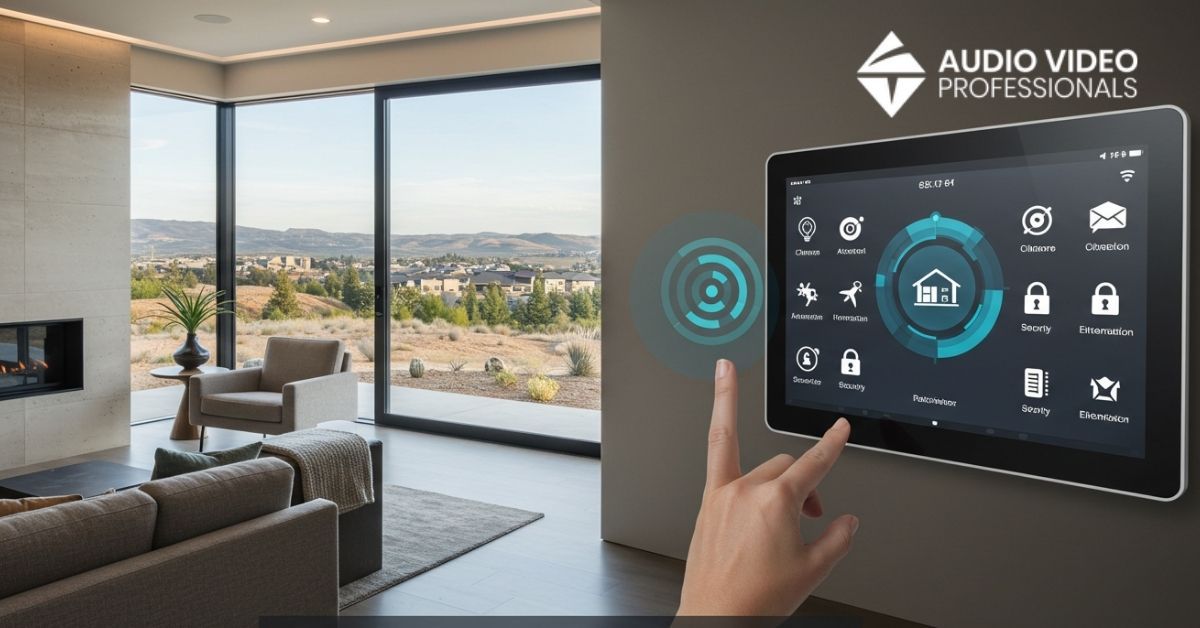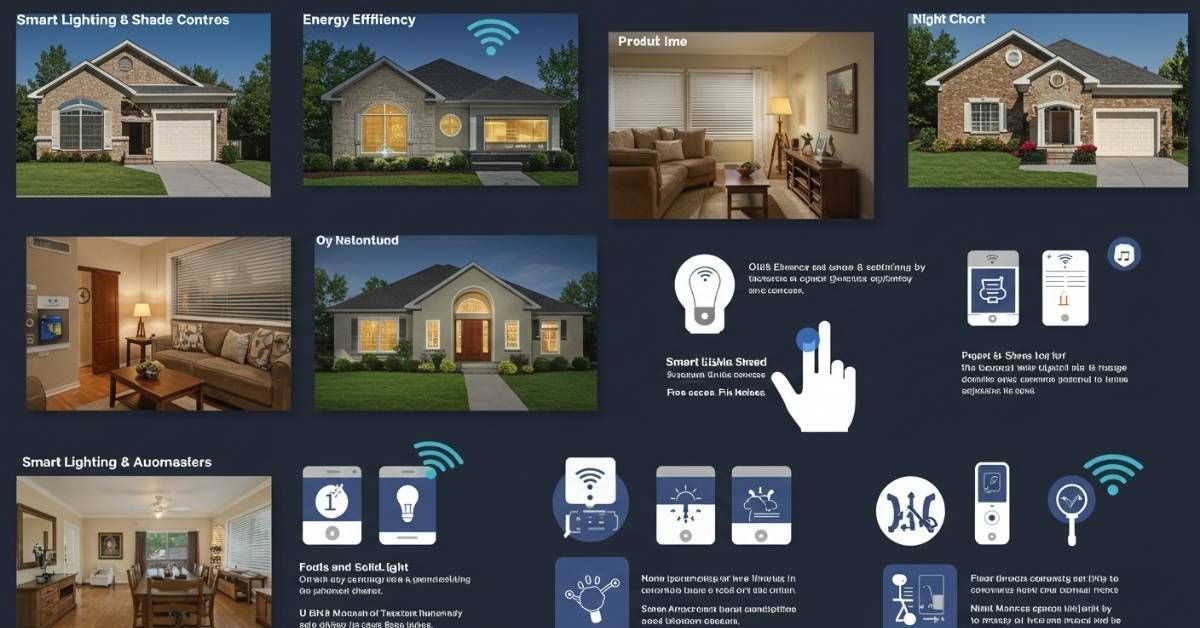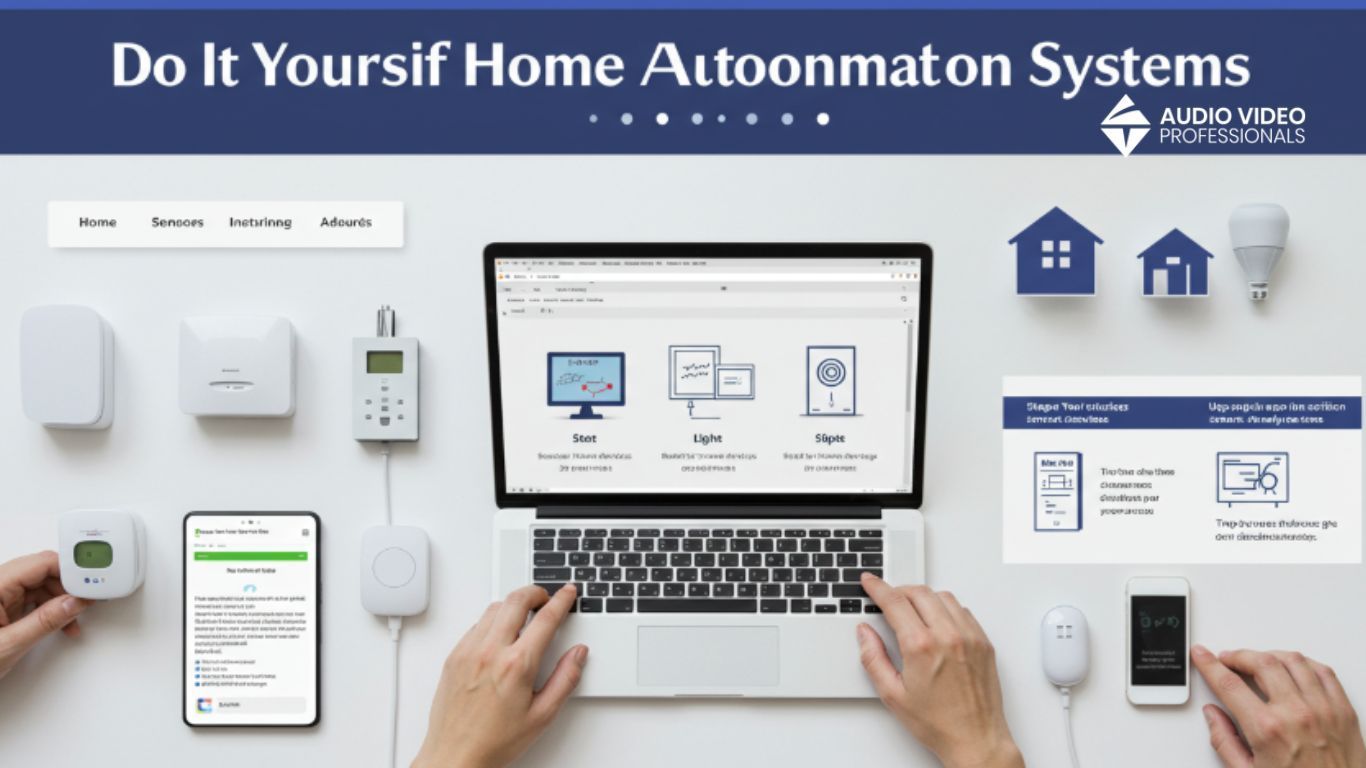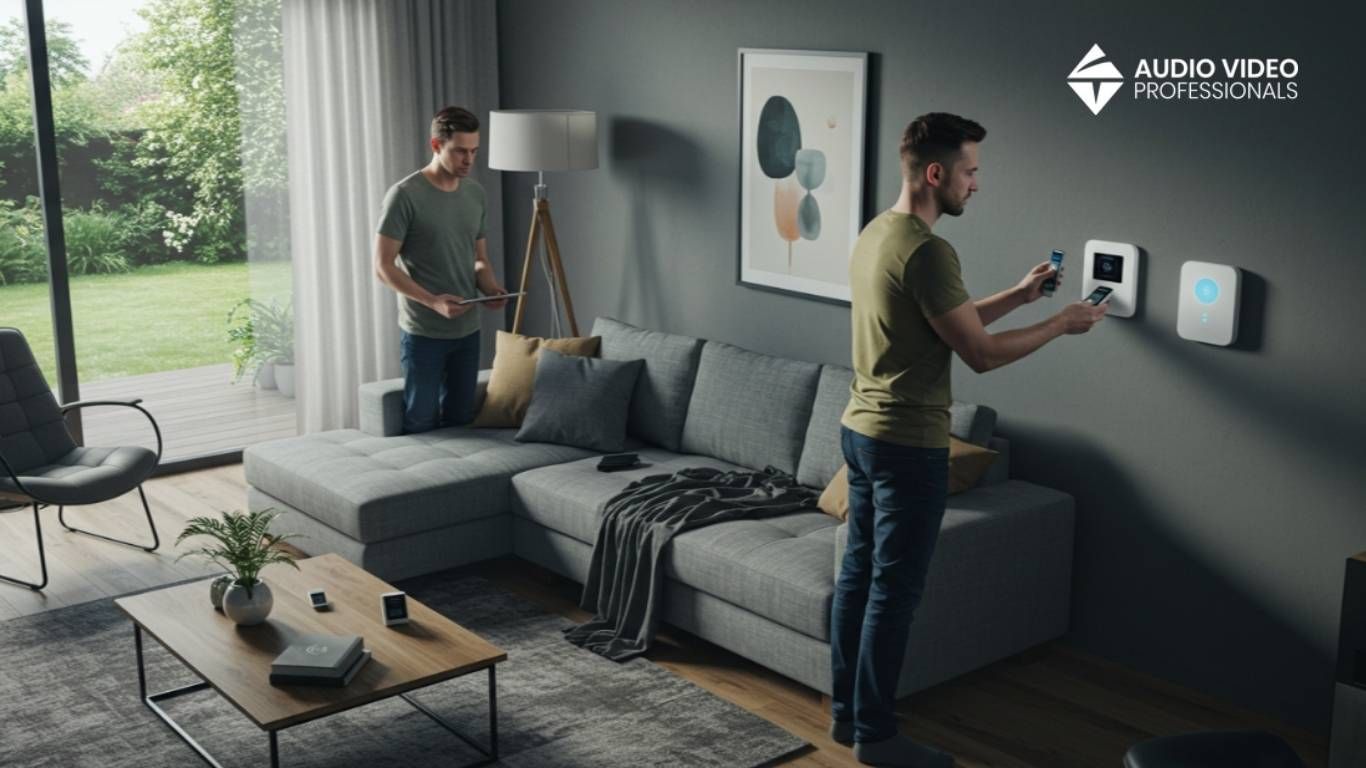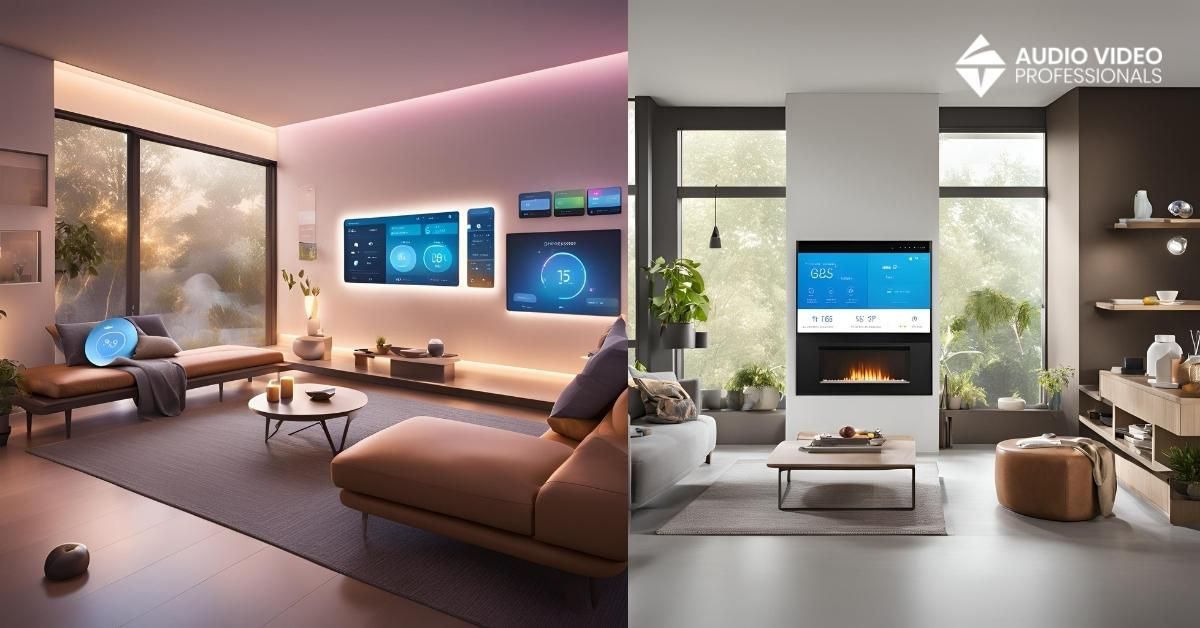Does Home Assistant Work with Nest
In today's rapidly evolving world of smart home technology, the quest for a unified and streamlined control system is paramount. Central to this endeavor are Home Assistant, a leading open-source home automation platform, and Nest, a frontrunner in smart climate control devices. This brings us to a crucial inquiry: Does Home Assistant work with Nest? Understanding the compatibility between these two systems is key to unlocking a more efficient and interconnected smart home experience.
Yes, Home Assistant is fully compatible with Nest devices. However, the integration process has undergone significant changes due to updates in Google's API, requiring specific steps to achieve seamless connectivity.
Understanding Home Assistant and Nest Devices
Home Assistant stands as a beacon of versatility in the home automationrealm, offering unparalleled integration capabilities with a wide range of smart devices. On the other hand, Nest, a subsidiary of Google, has carved a niche in the market with its innovative range of smart products, predominantly focusing on climate control solutions like the Nest Learning Thermostat and Nest Temperature Sensors. Understanding the functionalities and offerings of these two giants is the first step in exploring their integration capabilities.
The Evolution of Nest Integration with Home Assistant
The landscape of integrating Nest with Home Assistant has been dynamic and ever-evolving. Initially, the integration process was straightforward but encountered a significant turn with Google's API changes in February 2022. These changes, particularly the deprecation of the OAuth out-of-band flow in October 2022, posed new challenges and necessitated a shift in the integration approach. This evolution signifies the adaptive nature of technology and the need for users to stay abreast of these changes to maintain seamless device integration.
Step-by-Step Guide to Integrating Nest with Home Assistant
Embarking on the journey of integrating Nest into Home Assistant involves several critical steps:
Deleting Existing Credentials:
This foundational step involves purging any stored Nest credentials from Home Assistant to prevent conflicts.
Setting up the Web Auth OAuth2 Flow: Introduced in Home Assistant version 2022.6, this new authentication method uses the My Home Assistant redirect URL. This innovative approach streamlines the setup process, circumventing the complexities of SSL certificates and DNS configurations.
Handling Project IDs: A key part of the setup is accurately identifying and inputting the Device Access Console project ID and the Google Cloud Project ID. Missteps here can derail the integration process.
The Technicalities and Challenges
Navigating the technical complexities of this integration presents its challenges. The transition to the new authentication method and the nuances of handling the distinct project IDs require a meticulous approach. Additionally, users need to be mindful of the one-time $5 fee required for accessing the Smart Device Management API, an essential component of the integration process.
Hardware Limitations and Capabilities
While the integration supports a range of Nest devices, including the Climate, Sensor, and Camera, it's important to note the limitations. Not all Nest products are currently compatible through the SDM API, particularly Smoke and CO Alarms or Security systems. This restriction is a crucial consideration for users aiming for comprehensive smart home automation.
Conclusion
The integration of Nest devices with Home Assistant, while now more streamlined, remains a dynamic process subject to the evolving landscape of smart home technology. This integration not only enhances the functionality of both systems but also paves the way for future advancements and broader device compatibility.
FAQ Section
What devices can I integrate from Nest into Home Assistant?
Compatible devices include Nest's Climate, Sensor, and Camera. However, some products like Smoke and CO Alarms are not supported.
Has the integration process for Nest and Home Assistant changed recently?
Yes, significant changes occurred post-Feb 2022, including the deprecation of the OAuth OOB flow and the introduction of the Web Auth OAuth2 flow in Oct 2022.
Are there any costs associated with integrating Nest into Home Assistant?
There's a one-time setup fee of $5 for accessing the Smart Device Management API required for integration.
How does the new Web Auth OAuth2 flow simplify the integration process?
The Web Auth OAuth2 flow eliminates the need for complicated SSL and DNS configurations, making the integration process more user-friendly.
What should I be aware of when setting up my Nest devices with Home Assistant?
Key considerations include correctly identifying the necessary project IDs and being prepared for the technical aspects and the one-time API access fee.
This blog is proudly brought to you by Audio Video Idaho, your trusted source for custom audio-visual solutions. Digital marketing support provided by Pro Growe, specialists in SEO and web presence for small businesses.


